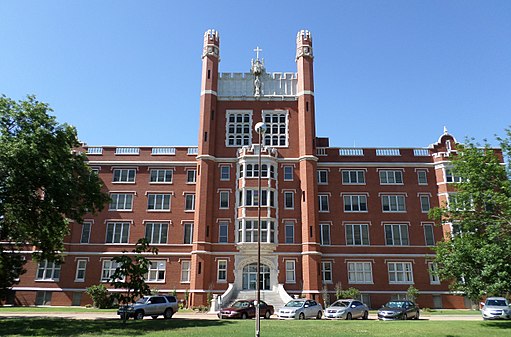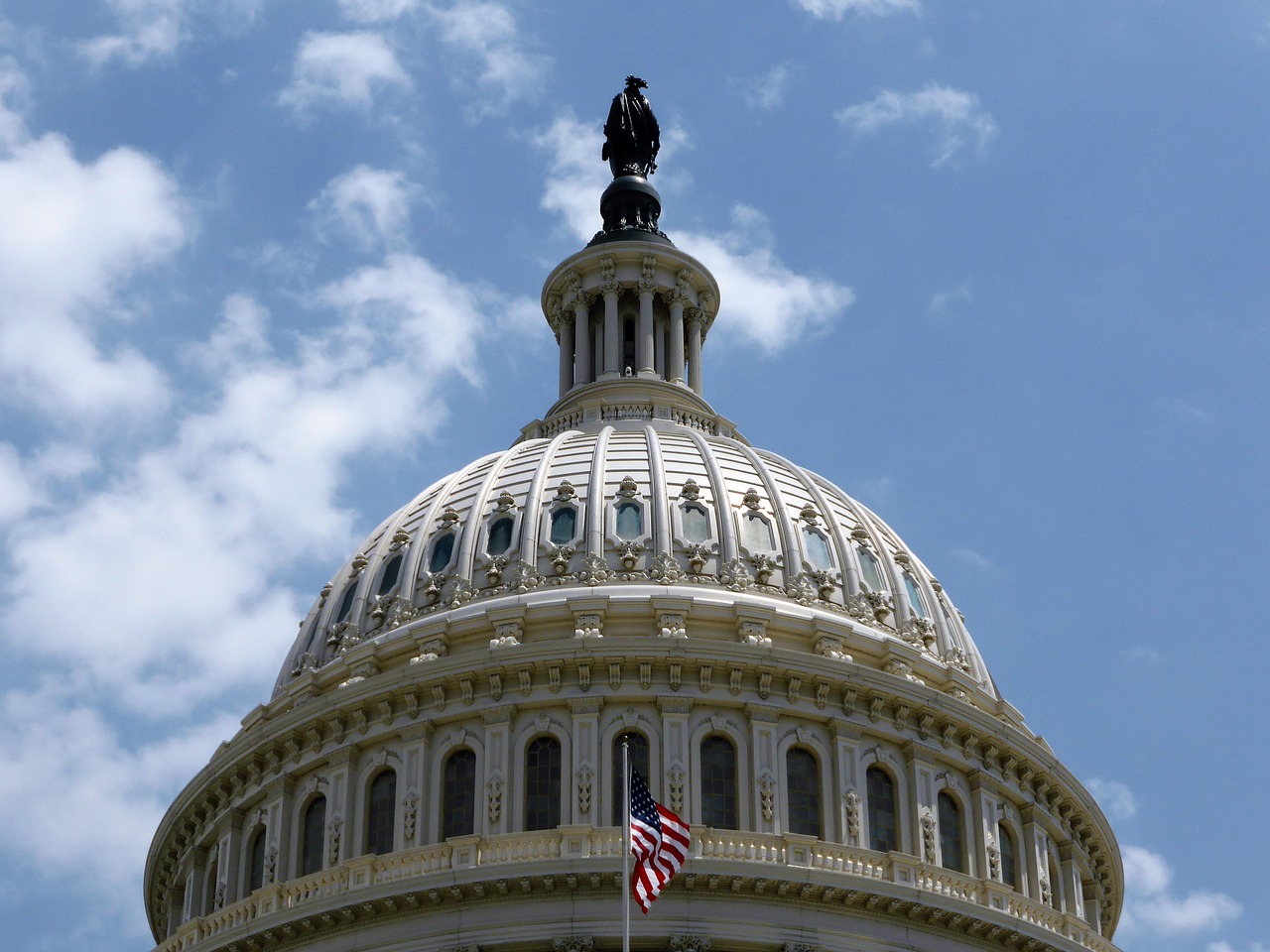Closing Time: College Edition
While the aftermath of the Great Recession saw an increase in enrollment for most institutions of higher education, it left many—namely small, private, religious institutions—at-risk for closure as they struggled to maintain enrollment and keep financial endowments viable. Although many of these colleges and universities choose to merge with neighboring institutions in an act of preservation, sell land to increase their endowments, or be absorbed by larger institutions, others choose to permanently close their doors. We’ve seen a lot of colleges close in the past year—here are the highlights.
Grace University
Last October, the small university in Omaha, NE, announced its closure at the end of the academic year due to an unexpected decline in enrollment. Previously, the university had plans to sell the campus and relocate, but the financial burden of a particularly small incoming class became too great.
As a nondenominational Christian institution, Grace University has always had a small student body with a current enrollment of fewer than 300 students. While many blame the university’s struggles on the trend of declining enrollment at small, religious institutions, others note Grace’s lack of STEM programs as a major factor.
St. Gregory’s University
Unlike many universities that have had considerable time to develop plans for closure, St. Gregory’s University in Tulsa, OK, announced last November that the university would be closing its doors in less than two months, at the end of the fall semester.
The news came soon after the school was turned down for a loan by the U.S. Department of Agriculture—a loan that the university was, unfortunately, relying on for future financial stability. Founded in 1875 by Benedictine monks and with an enrollment of almost 600 students, the school’s closure came as a shock to many.
Memphis College of Art
As a small, nonprofit arts college in Memphis, TN, the Memphis College of Art’s enrollment dropped from 380 to almost 300 students in the past year. Because of this, the college has decided not to admit any more students but will still be bringing current students to the end of their college careers by May 2020. The school will maintain its obligation to current students by selling real estate assets and relying on the help of donors as well as student tuition.
While Memphis College of Art is a relatively small school, it played a major role in the art scene in Memphis, meaning its closure will affect not only its students, employees, and graduates but also the surrounding community.
Marylhurst University
Due to declining enrollment since 2013, the Roman Catholic university in Oregon will be closing its doors at the end of the calendar year. After the university’s closure, the campus will be handed over to its original religious affiliation, the Sisters of the Holy Names. The school has highlighted plans to graduate many students and help place remaining students in other educational institutions.
After deliberating the university’s financial situation for months, the Board of Trustees at Marylhurst University announced the closure on May 17, stressing the importance of making this decision before it’s too late: “ Unlike other university closures, which have frequently followed a loss of accreditation, mounting debt, recalled loans or bad audits, we are fortunate to have monitored our situation closely so we could make this decision before encountering any of those problems.” However, Marylhurst University is a break in the pattern for other recent closures as it’s not part of the Midwest or Northeast—where many colleges are seeing a decrease in enrollment—and, located just ten miles outside of Portland, it’s not located in a rural area, which is also a risk factor for small colleges.





Comments are closed.